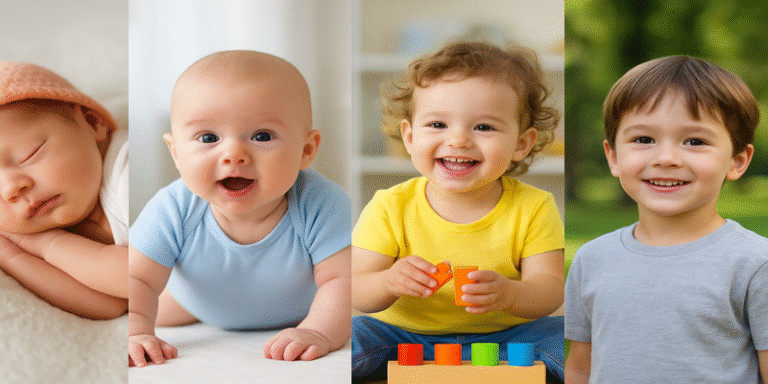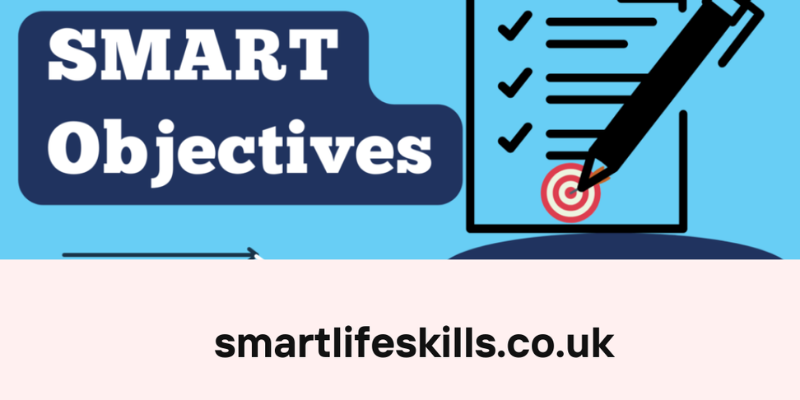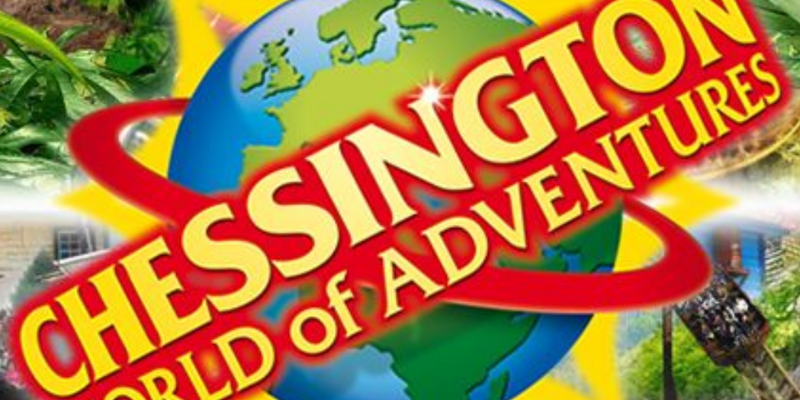Raising a child is an extraordinary journey, filled with joy, worry, questions, and constant change. From the moment your baby is born, they pass through a series of stages—each with its own milestones, needs, and challenges. Understanding these childhood stages can help you feel more confident as a parent and better equipped to support your child’s growth and development.
This article explores the major childhood stages—newborn, infant, toddler, baby, and child—to help parents recognise what to expect and how to support their children at every age.
Newborn: Birth to 2 Months
The newborn or neonatal stage begins at birth and lasts for about eight weeks. During this time, your baby is adjusting to life outside the womb. Newborns sleep frequently—often 16 to 18 hours a day—and feed regularly. Their vision is still developing, but they can recognise faces and voices, especially those of their parents (Sheridan, 2014).
Newborns express needs through crying and rely entirely on caregivers for comfort and care. Responding to your baby’s cries promptly helps to build secure attachment, which is essential for emotional wellbeing later in life (Bowlby, 1988).
🍼 Parenting Tip: Talk, sing, and hold your baby often. Even at this early age, your voice and touch are powerful tools for bonding and development.
Infant: 2 Months to 1 Year
By two months, your baby has entered the infant stage. This is a period of rapid development. Infants begin to smile socially, respond to familiar voices, and explore their world through movement and touch. They may roll over, sit up, crawl, and even take first steps towards the end of this stage.
Language development begins with cooing and babbling. Many infants will say their first words before their first birthday. They also begin to understand simple instructions and express a range of emotions (Berk, 2018).
Breast milk or formula remains the main source of nutrition until around six months, after which solid foods are introduced. Regular health check-ups ensure your baby is meeting developmental milestones and staying on track with immunisations (NHS, 2022).
🍼 Parenting Tip: Introduce your baby to a wide range of experiences—colours, sounds, textures. Repetition builds learning, and safe exploration builds confidence.
Toddler: 1 to 3 Years
As your child begins to walk and talk, they enter the toddler phase—a time of boundless energy, strong emotions, and increasing independence. You’ll notice your child asserting themselves more, which can lead to common toddler behaviours like saying “no”, testing limits, and experiencing tantrums.
At this stage, children develop fine and gross motor skills, start using short sentences, and engage in pretend play. Emotionally, toddlers may struggle to regulate their feelings and require patience and support from adults (Schaffer, 2004).
According to Erikson (1950), toddlers are in the “autonomy vs. shame and doubt” stage, where they learn to do things independently and develop self-confidence.
🍼 Parenting Tip: Offer choices (e.g., “Would you like the red cup or the blue cup?”). This allows toddlers to feel a sense of control while maintaining boundaries.
Baby: Birth to 4 Years
The term baby is often used broadly to refer to children from birth up to four years old. This period encompasses the newborn, infant, and toddler stages. During these early years, a child’s brain is growing rapidly—forming millions of neural connections every second (Shonkoff & Phillips, 2000).
Positive, responsive parenting in these early years lays the foundation for lifelong learning, behaviour, and health. Even simple activities like talking, cuddling, playing, and reading aloud have lasting benefits (UNICEF, 2021).
🍼 Parenting Tip: Create a routine filled with warmth, play, and learning. Repeated, loving interactions form the basis for healthy brain development.
Child (Kid): Birth to 18 Years
The word child (or kid) generally refers to anyone under the age of 18. However, within this broad category, children go through many distinct stages:
- Early childhood (3–6 years): A time of curiosity, imagination, and emotional development. Children ask many questions and begin to understand rules and relationships.
- Middle childhood (6–12 years): Children develop stronger friendships, a sense of competence, and increasingly complex thinking. This is also the school-age period, where academic and social challenges grow.
- Adolescence (13–18 years): Teenagers experience physical changes, increased independence, and identity exploration. Emotions can run high, and parental guidance remains vital, even if they push back.
Throughout these stages, children benefit from consistent routines, emotional support, and open communication with parents and caregivers (Santrock, 2019).
🍼 Parenting Tip: As your child grows, keep the lines of communication open. Let them know they can talk to you—about anything, anytime.
Comparison Table of Childhood Stages
| Stage | Age Range | Physical Development | Language & Cognitive Development | Emotional & Social Development |
| Newborn | Birth to 2 months | Displays reflexes (grasp, rooting, startle), limited motor control | Reacts to sounds, begins to focus on faces | Builds attachment, calmed by caregiver’s presence |
| Infant | 2 months to 1 year | Rolls over, sits, crawls, may begin walking | Babbles, recognises names, early word understanding | Shows stranger anxiety, forms strong attachment bonds |
| Toddler | 1 to 3 years | Walks, climbs, begins running, self-feeding | Vocabulary explosion, short sentences, pretend play | Tantrums common, developing independence |
| Baby | Birth to 4 years | Covers newborn, infant, toddler milestones | Rapid brain development, foundational learning | Needs strong, secure relationships |
| Child (Kid) | Birth to 18 years – encompasses all stages up to 18 years, with varying characteristics depending on age. | Varies by sub-stage: early (fine/gross motor); later (puberty) | Learning to read, reason, and think critically | Develops self-identity, peer relationships important |
Why These Stages Matter
Knowing what to expect at each stage helps you tailor your parenting to your child’s needs. More importantly, it helps you respond with empathy and patience during tough moments. No two children develop in exactly the same way, but general stages provide a helpful guide.
Research shows that positive early experiences are strongly linked to success later in life—in education, relationships, and health (Shonkoff & Phillips, 2000; World Health Organization, 2023). Your love, attention, and support are the most powerful influences on your child’s development.
Final Thoughts
Parenting can feel overwhelming at times—but understanding the stages your child moves through can offer reassurance and direction. Every giggle, every meltdown, every “why?” question is part of a larger story: your child’s journey to becoming themselves.
Celebrate the small wins. Be gentle with yourself. And remember—you are exactly the parent your child needs.
References
Berk, L.E. (2018) Development Through the Lifespan. 7th edn. London: Pearson.
Bowlby, J. (1988) A Secure Base: Parent-Child Attachment and Healthy Human Development. London: Routledge.
Erikson, E.H. (1950) Childhood and Society. New York: Norton.
NHS (2022) Your Child’s Health and Development. Available at: https://www.nhs.uk/conditions/pregnancy-and-baby/ (Accessed: 29 July 2025).
Santrock, J.W. (2019) Child Development. 15th edn. New York: McGraw-Hill Education.
Schaffer, H.R. (2004) Introducing Child Psychology. Oxford: Blackwell Publishing.
Sheridan, M. (2014) From Birth to Five Years: Children’s Developmental Progress. 5th edn. London: Routledge.
Shonkoff, J.P. and Phillips, D.A. (2000) From Neurons to Neighbourhoods: The Science of Early Childhood Development. Washington, DC: National Academy Press.
UNICEF (2021) Early Childhood Development. Available at: https://www.unicef.org/early-childhood-development (Accessed: 29 July 2025).
World Health Organization (2023) Breastfeeding. Available at: https://www.who.int/health-topics/breastfeeding (Accessed: 29 July 2025).













